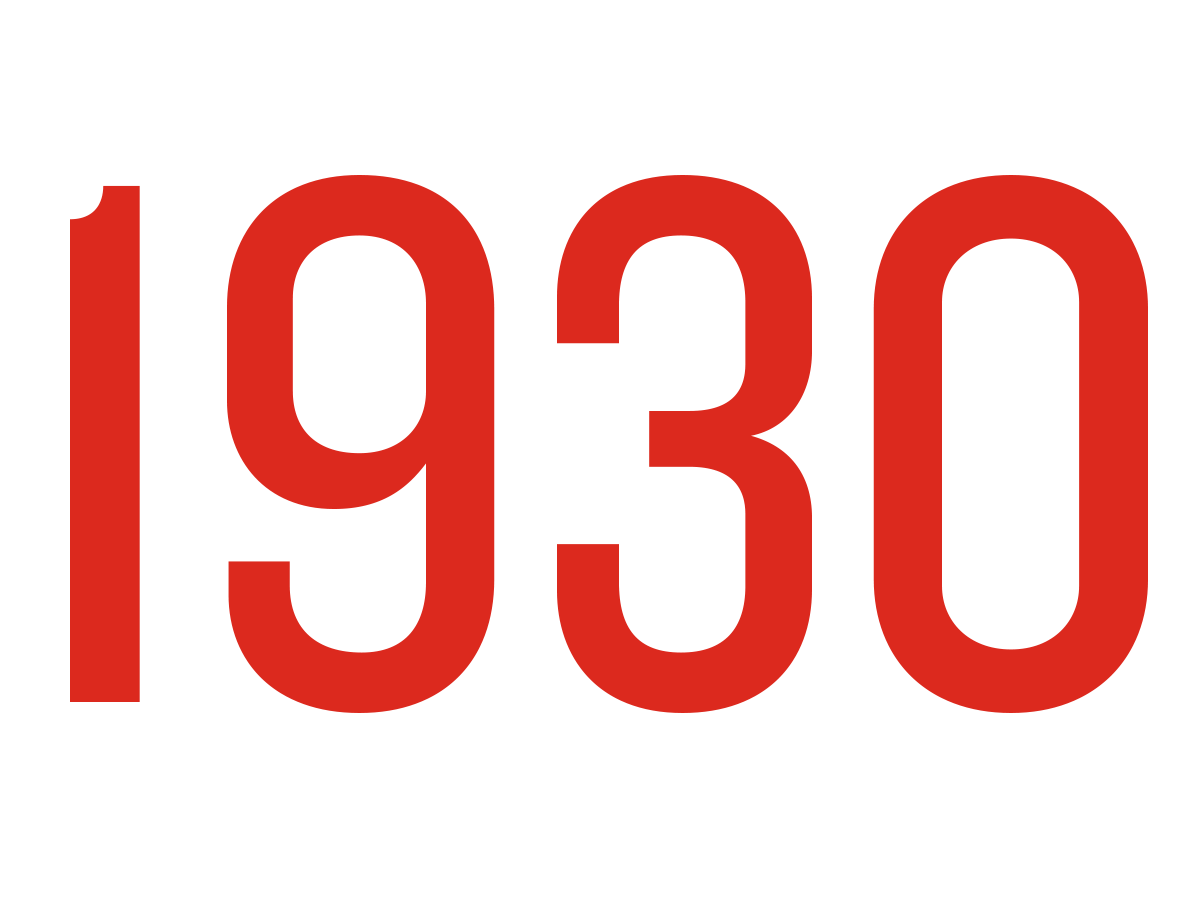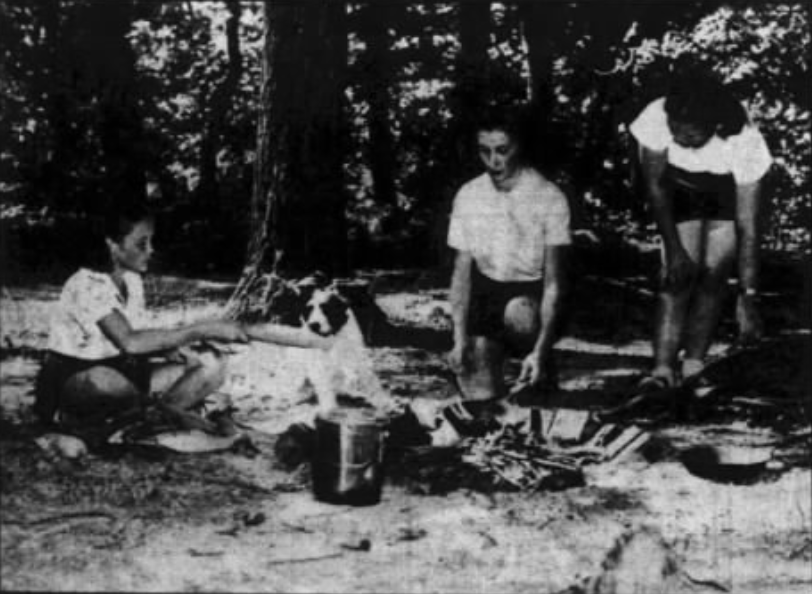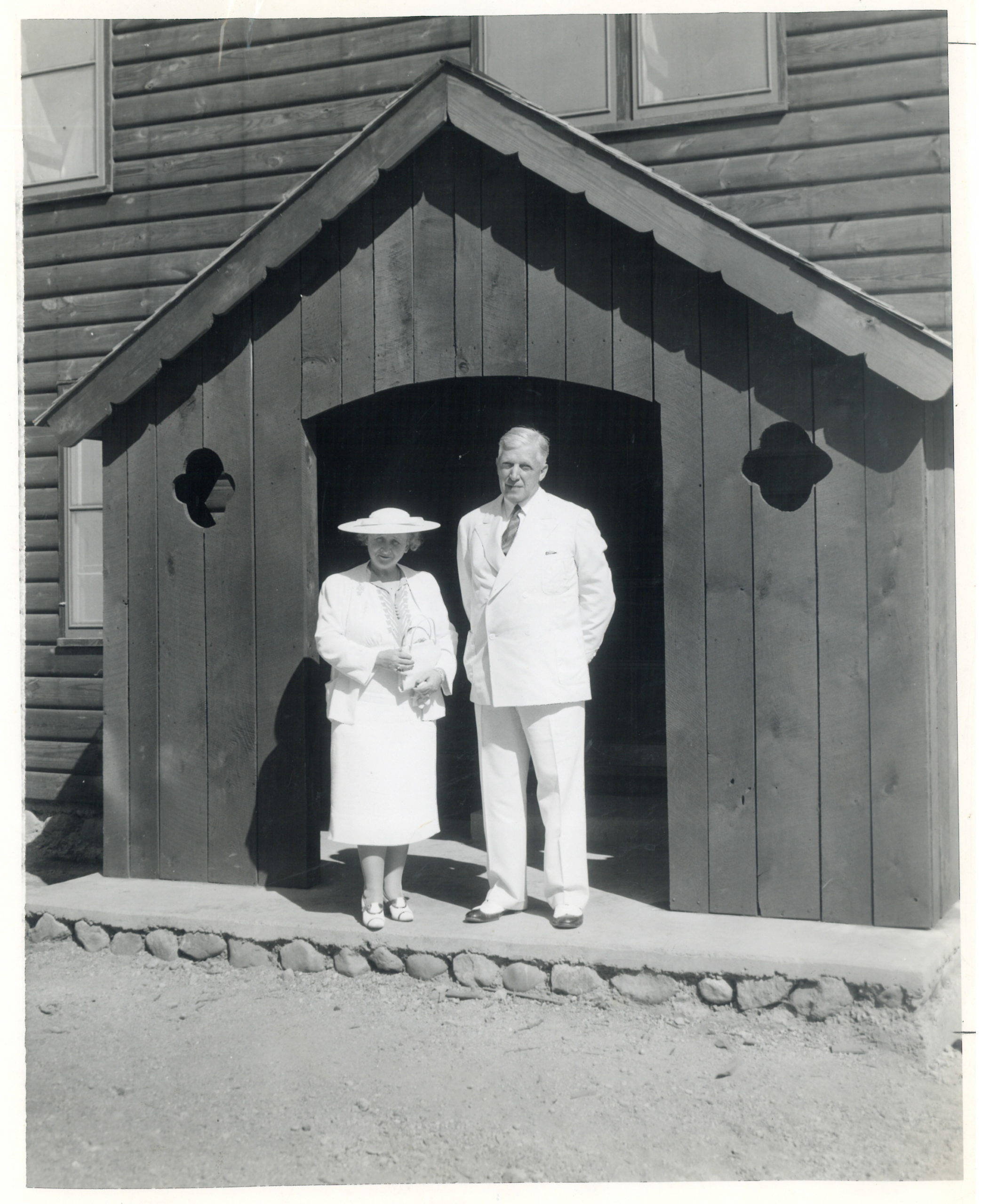Under the leadership of Mr. Charles Copp, chairman of the camping committee, Camp Fire had been searching for a new location to hold their summer camp program, and raising funds for its purchase. In 1930, the Camp Fire organization purchased a 12 acre property on a hill overlooking Birch Lake, in Vandalia, Michigan from Dr. Ersom Cunningham.
The property contained two buildings: an old farmhouse and a small cottage. Both buildings are still in use at camp today! The original Cunningham farmhouse is now Main Lodge, the staff building at camp, and the cottage serves as our hand craft building and also houses the Phair Trading Post. The dining hall from Pleasant Lake was moved to the new location and attached to the back of Main Lodge. A portable schoolhouse was moved to the new site and rechristened Copp Lodge, after Mr. Charles Copp, who served as chairman of the Camping Committee. Over the next few years, sleeping cabins were donated by the Luta Koda Camp Fire Group, the Exchange Club, the Demolay Club, and the Rotary Club.


The South Bend Camp Fire Council was officially incorporated by the State of Indiana in 1931. The council was led by Mrs. Kathleen Armstrong as Executive Secretary until 1933, followed by Miss Dorothy Brown from 1933-1939, and then Miss Dorothy Denton beginning in 1939. The Mishawaka Camp Fire girls became an officially chartered Council of Camp Fire in 1937. The council was led by Executive Secretary Mrs. H.L. Harman from 1929 to 1933, Miss Suzanne Knorr from 1934 to 1936, and by Miss Wilma Rea for the remainder of the decade.

Camp Fire Girls in both cities continued to be extremely active throughout the 1930s. Regular updates of the activities of the groups were published in the South Bend Tribune. The girls participated in annual Birthday Celebrations for Camp Fire, hosted parents' night events with the Boy Scouts, and an annual "Santa Hop" dance. There were annual winter camping events at Camp Tannadoonah, outings at local parks, Grand Council Fire Ceremonies, and camp reunions. The girls attended football games at the University of Notre Dame, raised funds for Camp Fire and other charitable causes, hosted Christmas events and caroling parties, and performed on radio shows. There were craft displays, poetry competitions, folk festivals, weekend campouts, Glee Club performances, and a Camp Fire Orchestra was formed.
Camp Fire was also a leader in providing training opportunities for both youth and adults. They even hosted a National Camp Training event at Camp Tannadoonah. They provided opportunities for girls to participate in nature study, study astronomy, learn camp craft, "homecrafts" such as sewing, cooking, beading, and embroidery, puppetry, fencing, and enjoy games and recreation activities. They even offered a course on how to cook over the fire with no pans. Camp Fire also focused on teaching young women about health and physical fitness, first aid and safety, and provided Red Cross swimming instruction at Camp Tannadoonah, Camp Mishawaka, and at the Natatorium in South Bend. All adults who were Camp Fire "guardians" were required to attend Camp Fire leader training sessions in order to learn to teach Camp Fire programming to youth.
The South Bend Council continued to improve the property at Camp Tannadoonah, and the summer camp program was very popular. The girls at Tannadoonah started their own camp newspaper, the Tannadoonah Tattler. The Mishawaka Council hosted their annual summer camps at Camp Mishawaka, the Boy Scout Camp in LaGrange, Indiana.


Mr. and Mrs. E. M. Morris donated the funds to build a new lodge at Camp Tannadoonah in 1938. Morris Lodge provided the camp with a kitchen, dining room, bunk rooms, a library, and a central gathering space with a beautiful fireplace. Today, Morris is the coveted home of the Senior Girls - they even have their own song! Morris Lodge also provides an indoor space for rainy day activities, and a gathering place for events. In 2017, we began a restoration of Morris, including a new roof, windows, exterior siding, and eventually upgraded bathroom facilities, improvements to the lighting, a new deck and fire pit, and other future updates.


